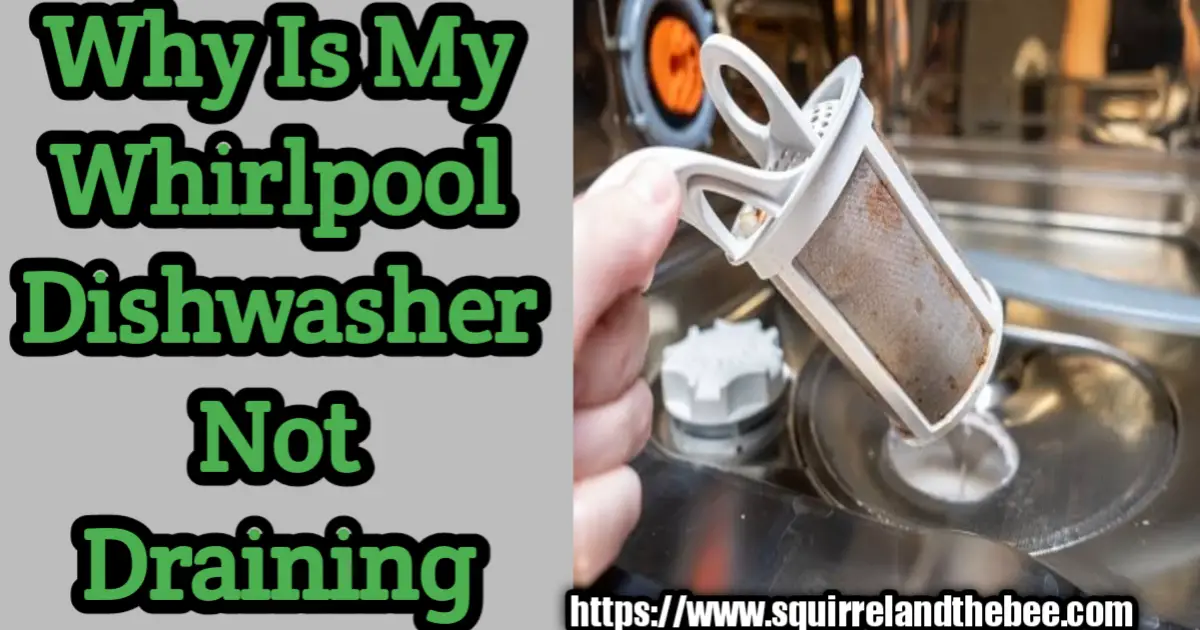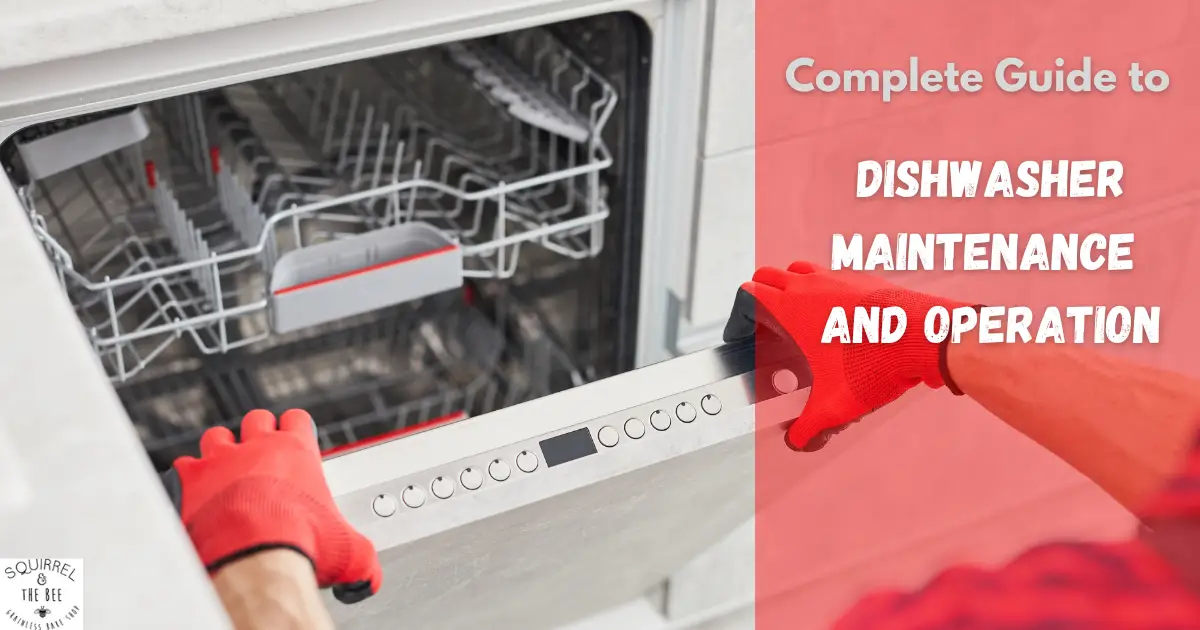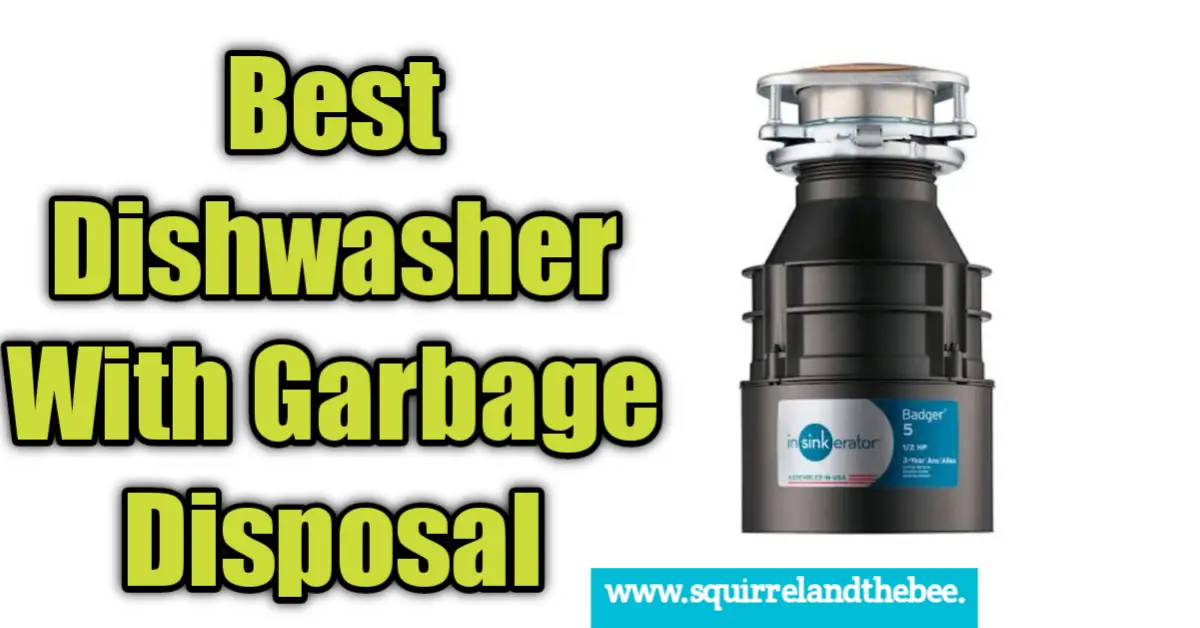Why Is My Whirlpool Dishwasher Not Draining? It is a common problem. With all the scrap we put into our dishwashers, it’s quite obvious this will happen once every while.
It can be quite frustrating to come home to a puddle of mucky, stinking standing water. However, with the right knowledge, you could solve this problem by yourself without the help of a plumber.
The main reason why your dishwasher isn’t draining all the way is due to clogs and blockages that could be formed in various parts of your Whirlpool dishwasher. Once you have found the clogs, solving this issue will be a piece of cake for you!
Reasons For Standing Water At The Bottom Of The Dishwasher
Food particles and debris often cause clogs and blockages in the drainage system, which causes water to end up on the bottom of dishwashers. This causes no drainage of the water or the grease and dirt from the dishes.
This greasy water acts as a breeding medium for bacteria. The bacteria decompose the food particles, which causes a foul smell in your kitchen. So it would be wise of you to not wait for that to happen.
There are multiple items that link to the blockage of dishwashers. Here I have listed some.
Clogged filter- Any type of debris, starting from food leftovers to wet napkins, could cause a clog, stopping the drainage of water.
The drain hose is blocked-The drain hose connected to the drain line of the kitchen sink can get blocked as well. The drain hose carries the dirty water from your dishwasher and can get blocked by food particles or debris.
Drain pump: The drain pump directs the water into the drain hose, which can get blocked as well, preventing the water from draining at the end of the cycle.
Clogged Valve: The valve that prevents backflow of water can get clogged as well.
The garbage disposal is clogged: Throwing scraps into the disposal can cause clogs in your Whirlpool dishwasher as well as leave standing water at the bottom of the dishwasher.
How Do You Fix A Dishwasher That Is Not Draining?
Before we get into fixing your dishwasher, make sure to turn the power off and cut off the water supply to the dishwasher. Once you have isolated your dishwasher, you might need to get some screwdrivers to finally get to work.
The first thing we check is the filter for blocks and clogs. The filter assembly is in the bottom of the tub. You open the dish rack to find it. It is mostly located in the back corner or near the spray arms, depending on the models.
A clogged filter would have vivid signs of blockages on the filter caused by food particles. Rinse the filter with running water to remove the particles or with the use of soft brushes, and you are good to go!
Next, what you should check is your drain pump. In order to check the drain pump, you need to access the bottom of your dishwasher. First, disconnect the inlet hose and remove the plate as well.
This also includes checking your multimeter to check if your pump is functioning properly. Checking your drain pump can be a bit uncomfortable, but you can always choose to call a technician to solve the issue for you!
If you have checked the filter and drain pump and you still can’t find the cloggs, look at the drain bracket. It should easily move manually. If it doesn’t or is stuck, chances are it is.
It’s clogged or its electrical components should be replaced with a new one.
A clogged garbage disposal could also cause standing water at the bottom of your dishwasher.
Usually, debris forms up on the opening of the sink or inside the disposal. To unclog it, you need to turn off the disposal and clear out any form of debris from the opening of the sink. Then use an Allen wrench to break up any form of debris that could form inside the disposal, then rinse the inside of the disposal to get the debris running.
If this is all too tiring for you, we have a better solution to give yourself a try. You can make a solution of vinegar, soda and hot water. First, you put vinegar and baking powder in the bottom of your dishwasher and wait for it to settle. Then pass hot water down the basket, with your fingers crossed, to break up the clog.
All of this being said, if you are ever concerned about this or are unable to locate the problem, you will most likely require the services of a professional technician who can resolve it for you.




